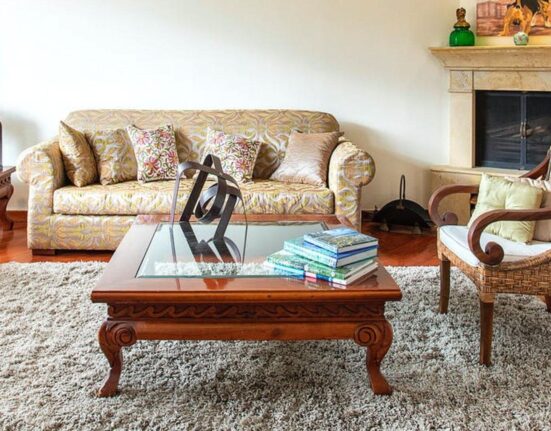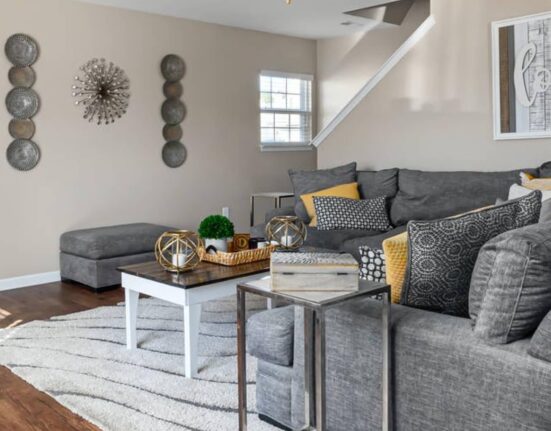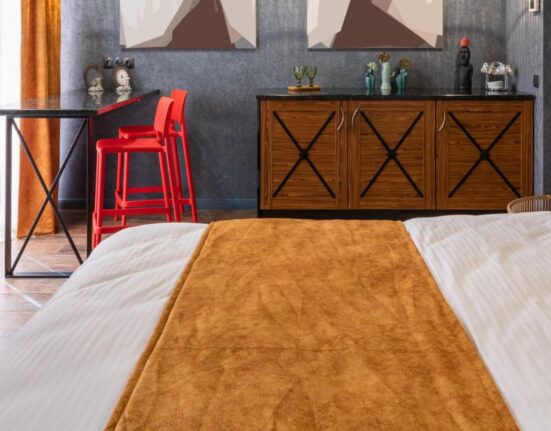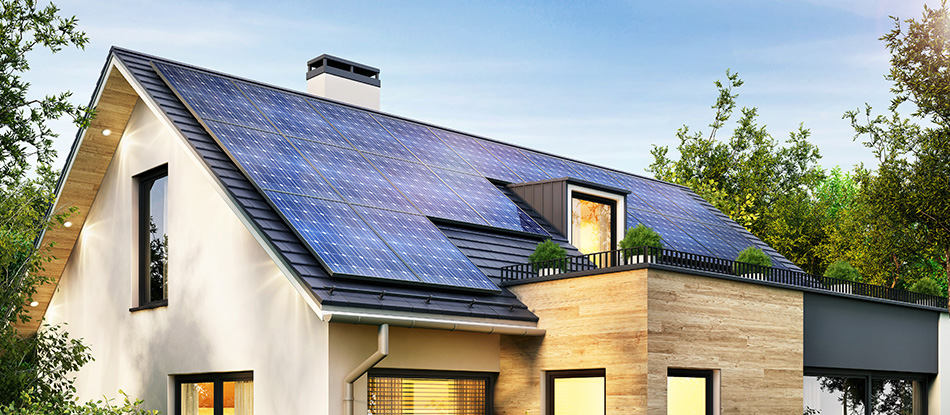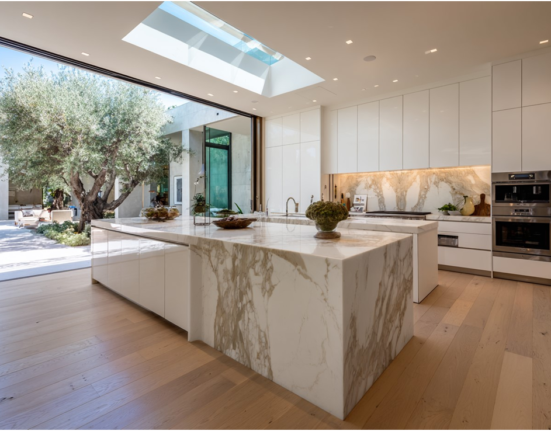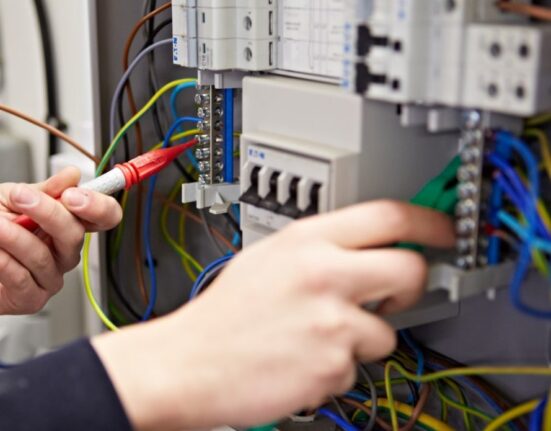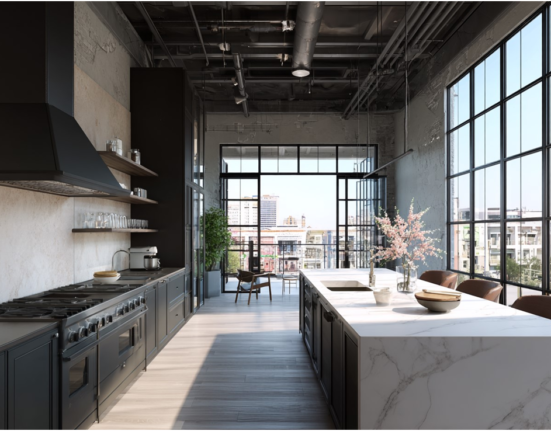Imagine stepping into a home that instantly adapts to your needs. The lights gently brighten as the sun sets, your favourite playlist starts playing when you enter the living room, and the temperature adjusts automatically to your perfect comfort level. This is not the stuff of science fiction—it is the modern home of today. Meet Sara, a 35-year-old architect who just moved into her newly designed house. Her home is not just a place to live; it is a sanctuary equipped with smart devices, energy-efficient systems, and eco-friendly materials that blend aesthetics and functionality. Sara’s modern home represents the future of living, where comfort, sustainability, and cutting-edge technology converge seamlessly.
As we explore the world of modern homes, we will examine the trends and technological innovations reshaping the housing landscape, supported by industry stats and sources.
The Evolution of Modern Homes: Where We Started and Where We Are Now
Modern homes today have evolved significantly from the cookie-cutter designs of the 20th century. In the past, homes focused more on practicality and affordability, often lacking personal customization and energy-saving features. However, the past decade has revolutionized home design, prioritizing sustainability, minimalism, and technology.
A 2021 study by the National Association of Realtors (NAR) found that 70% of homebuyers are now looking for energy-efficient homes, a significant leap from just 50% in 2010 (NAR, 2021). This shift highlights the growing awareness and demand for homes that not only offer comfort and convenience but also reduce environmental impact.
The modern home concept is no longer just about having four walls and a roof. It is about sustainability, integration of intelligent technologies, and optimizing living spaces for maximum efficiency and comfort. To better understand this, let us delve deeper into some key aspects that define modern homes today.
Design Trends in Modern Homes
- Open Floor Plans
- The open-concept design has become a defining feature of modern homes. Open floor plans allow for more significant interaction between family members and a more spacious feel, enhancing functionality and aesthetic appeal. Instead of being confined to individual rooms, kitchens, living rooms, and dining areas now flow into one another. This improves social interaction and makes homes appear larger and more inviting.
- Minimalism and Clean Lines
- Minimalism has become a significant trend in modern home design, with homeowners gravitating towards clean lines, neutral colours, and uncluttered spaces. It is no coincidence that “less is more” has become a famous mantra in modern architecture. In a 2022 survey by Houzz, 60% of homeowners who remodelled their homes embraced a minimalist aesthetic, prioritizing simplicity, efficiency, and elegance (Houzz, 2022).
- Sustainability in Design
- Sustainable building practices have significantly shaped modern homes. Many are now constructed using eco-friendly materials like recycled wood, bamboo, and steel. LEED (Leadership in Energy and Environmental Design) certification has become a standard measure for many new builds. The U.S. Green Building Council reported that 2022 there were over 100,000 LEED-certified residential projects worldwide (USGBC, 2022). Homeowners are increasingly seeking energy-efficient, environmentally friendly homes constructed with sustainable materials.
The Role of Smart Technology in Modern Homes
Smart homes have transitioned from luxury to a standard expectation among modern homeowners. These homes are now designed with built-in technology that makes daily life more convenient, secure, and efficient.
- Smart Devices and Automation
- From smart thermostats like Google Nest to voice-activated assistants like Amazon Alexa, smart devices have changed how people interact with their homes. According to Statista, there are now over 350 million smart homes worldwide, projected to reach 478.2 million by 2025 (Statista, 2023). These devices help homeowners remotely control heating, lighting, and security systems, offering convenience and energy savings.
- Energy Efficiency through Smart Tech
- In addition to enhancing convenience, smart home technology has made homes more energy-efficient. Devices like smart thermostats can reduce heating and cooling costs by up to 10% to 15% annually, according to Energy Star (Energy Star, 2022). Bright lights and appliances automatically turning off when unused also contribute to significant energy savings. This technology reduces utility bills and decreases the home’s carbon footprint, making it more eco-friendly.
Sustainability in Modern Homes: A Focus on Eco-Friendly Living
Sustainability has become a cornerstone of modern home design, with architects and homeowners increasingly prioritizing eco-friendly features. The growing consensus is that modern homes must be built with the planet’s future in mind.
- Solar Energy Adoption
- One of the most notable changes in modern home design is the increased use of renewable energy sources, particularly solar power. In 2022, the Solar Energy Industries Association reported that 20% of all new homes in California were built with solar panels (SEIA, 2022). This is not just a California trend; other states and countries are also seeing a surge in solar panel installations due to falling costs and increasing government incentives.
- Water Conservation Features
- Water conservation is another essential element of sustainability in modern homes. Features like low-flow faucets, dual-flush toilets, and rainwater harvesting systems are becoming more commonplace. A 2021 report by the U.S. Environmental Protection Agency (EPA) noted that homes using water-efficient fixtures can reduce water use by 20% to 30%, saving both money and resources (EPA, 2021).
Sustainability and Design for Health and Well-Being
Modern homes are increasingly being designed for comfort and overall health and well-being. Natural light, air quality, and integration of natural materials create a healthier living environment.
- Natural Light and Biophilic Design
- Biophilic design is a concept that integrates natural elements into the home, like using large windows to bring in more sunlight or incorporating indoor plants for better air quality. A 2020 study published by the American Psychological Association found that exposure to natural light can improve mental well-being, reduce stress, and increase productivity (APA, 2020). This focus on mental health has made biophilic design a key feature in modern homes.
- Indoor Air Quality
- As homes become more airtight for energy efficiency, the focus on indoor air quality has also increased. Using non-toxic materials and advanced HVAC systems with air filtration technologies helps ensure cleaner air inside the home. According to the U.S. Environmental Protection Agency (EPA), improving indoor air quality can reduce respiratory illnesses and improve overall health (EPA, 2022).
Conclusion: The Modern Home of Tomorrow
Modern homes are not just about aesthetics or functionality but also about sustainability, technology, and well-being. Integrating innovative technology, energy efficiency, and sustainable materials is helping shape beautiful and environmentally responsible homes.
As more people embrace these concepts, the housing industry will continue to evolve, pushing the boundaries of living in a truly modern home. Whether through energy-saving smart devices, minimalist design, or eco-friendly materials, the future of modern homes looks bright—and green.



